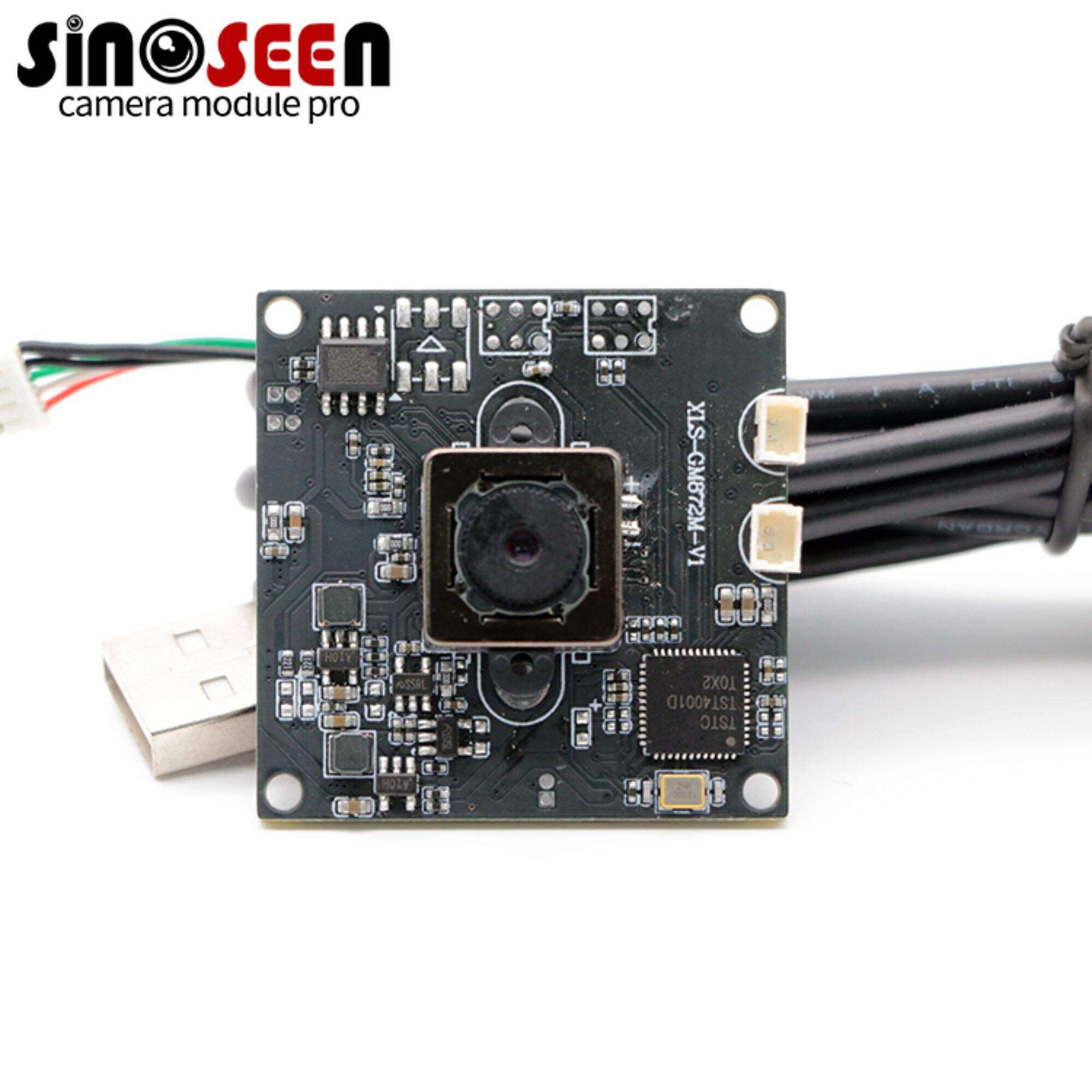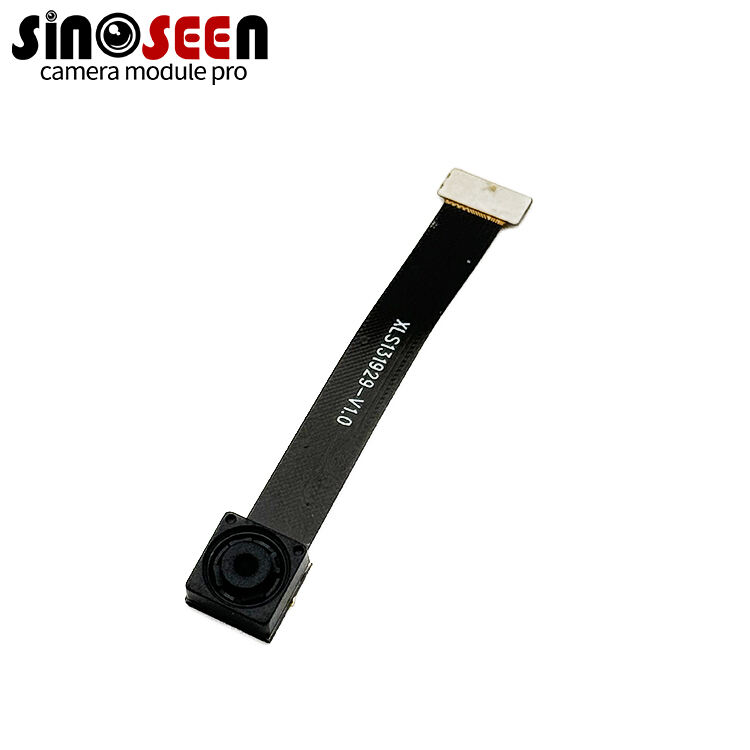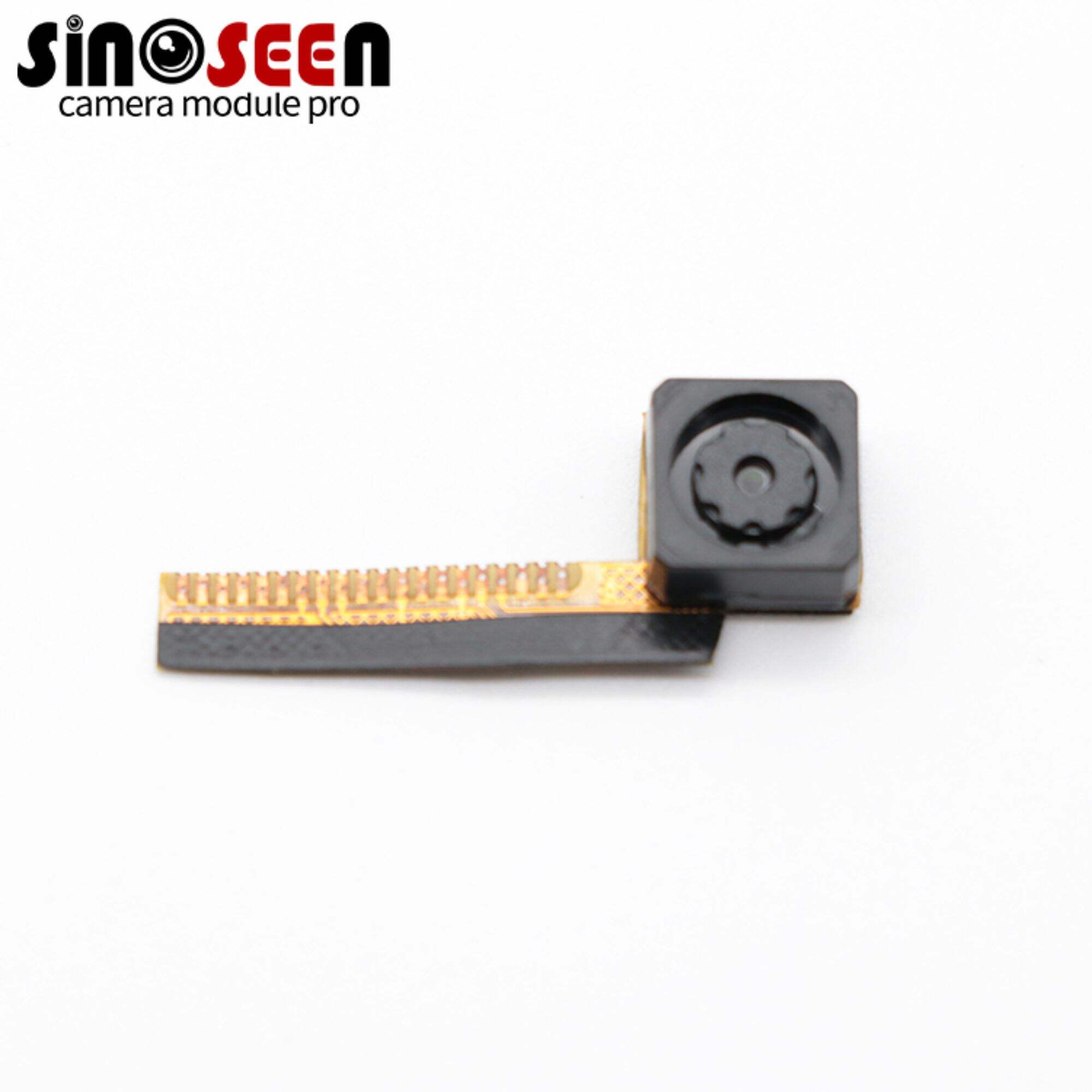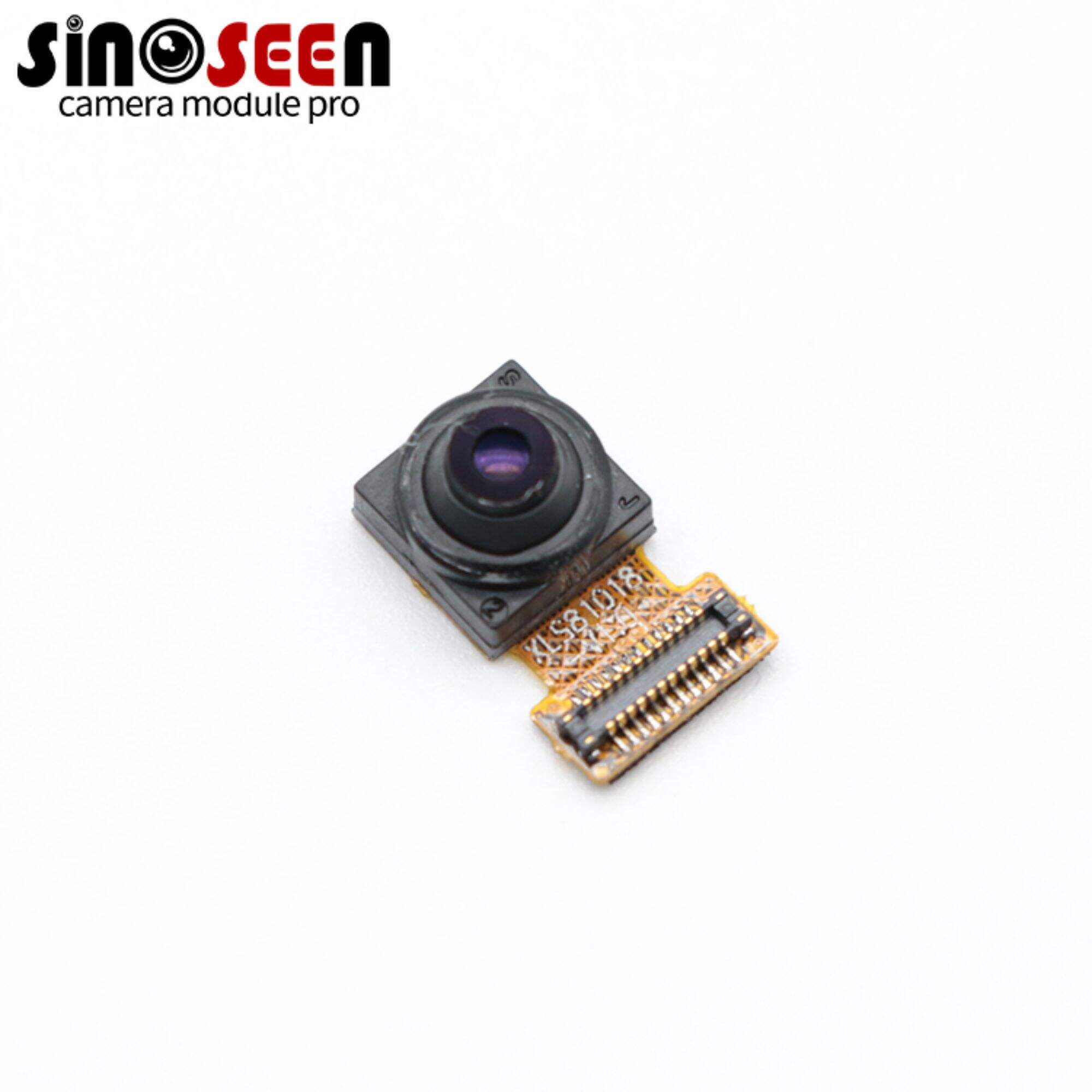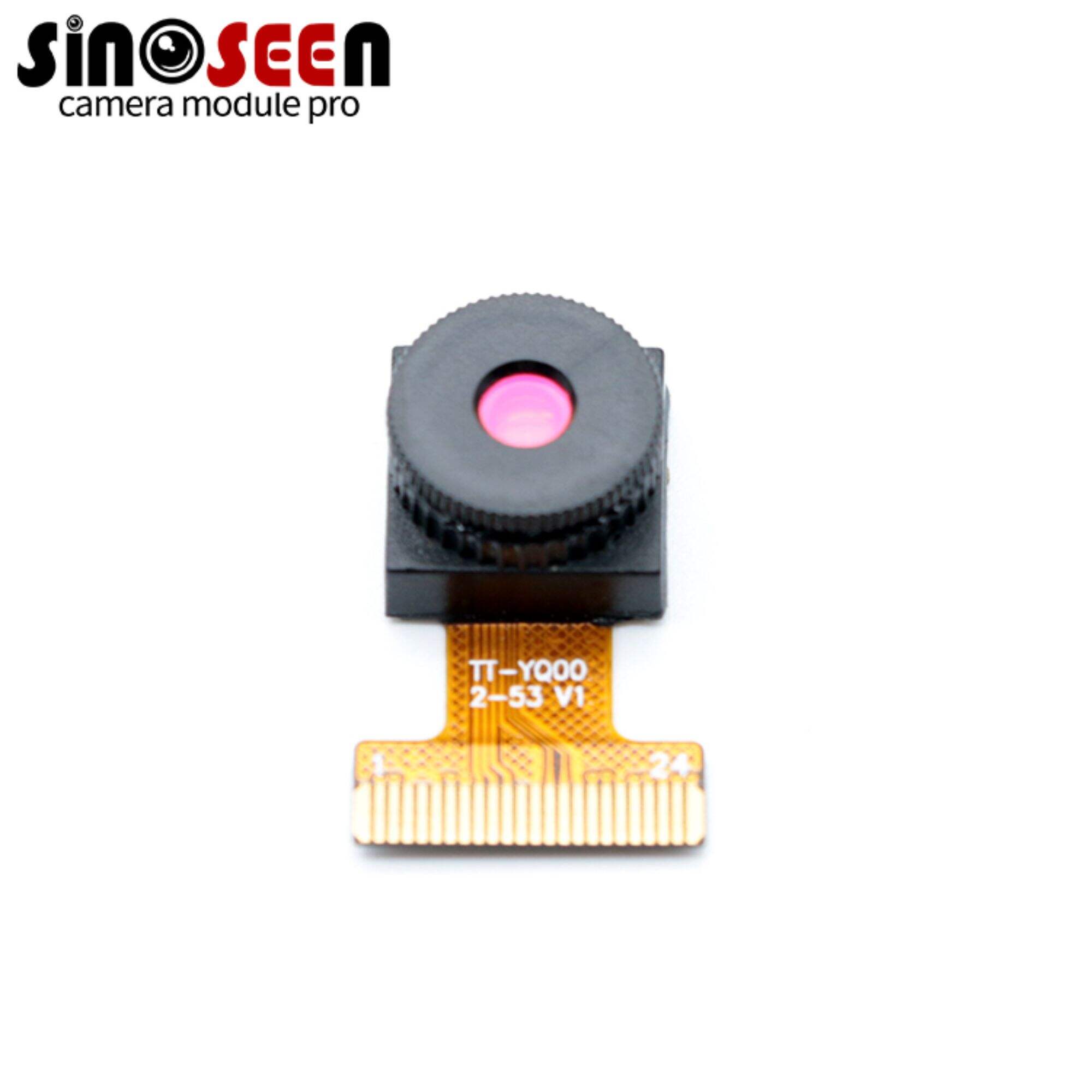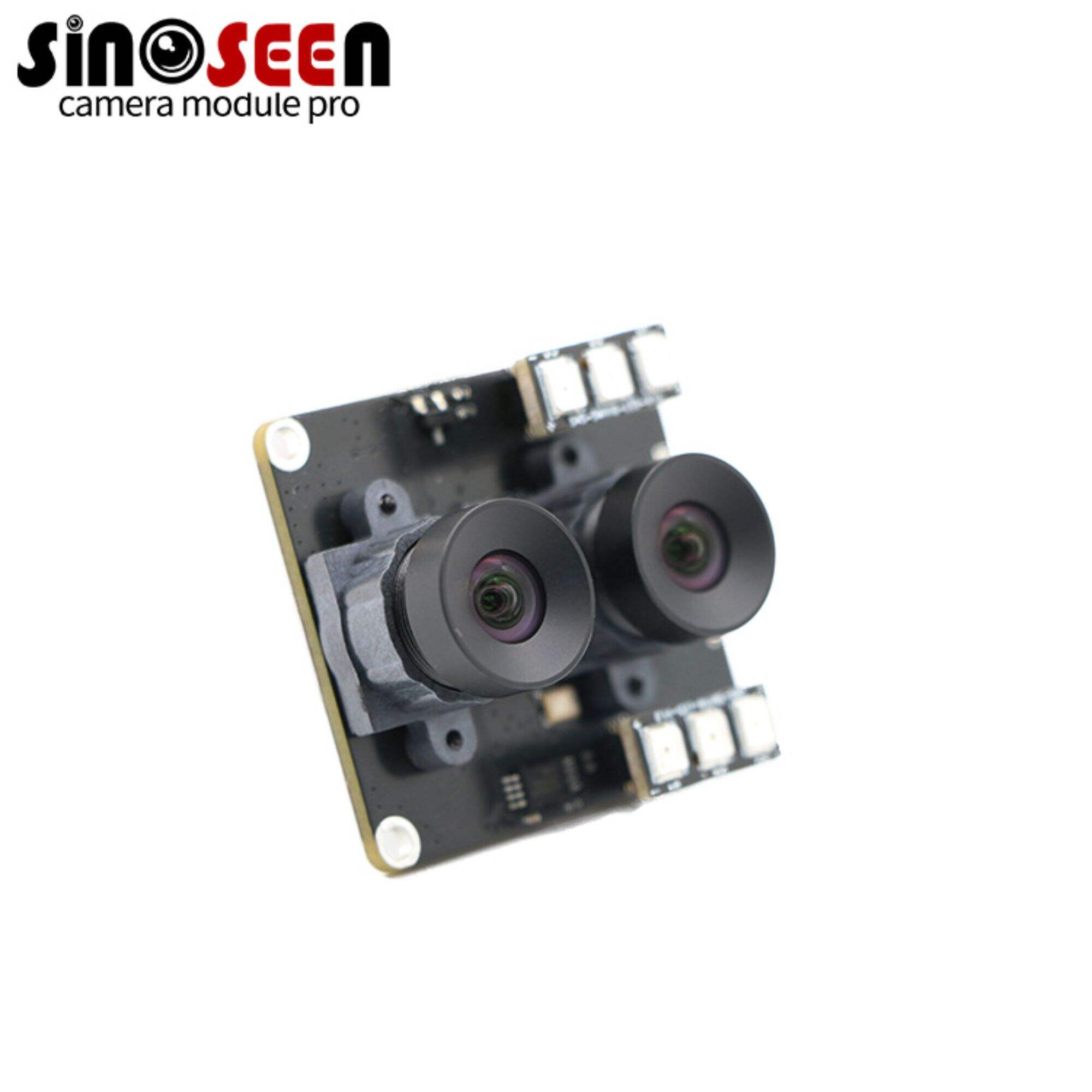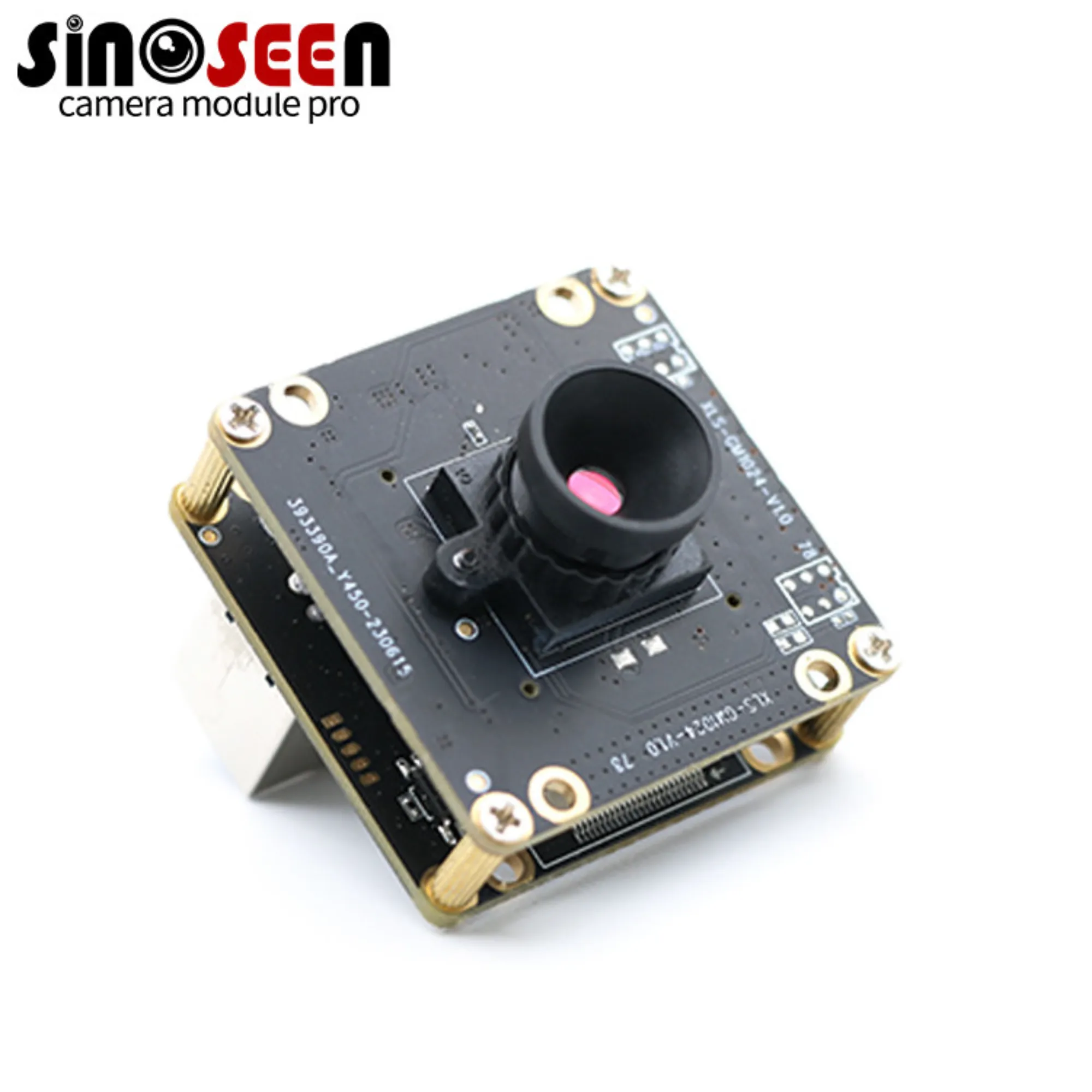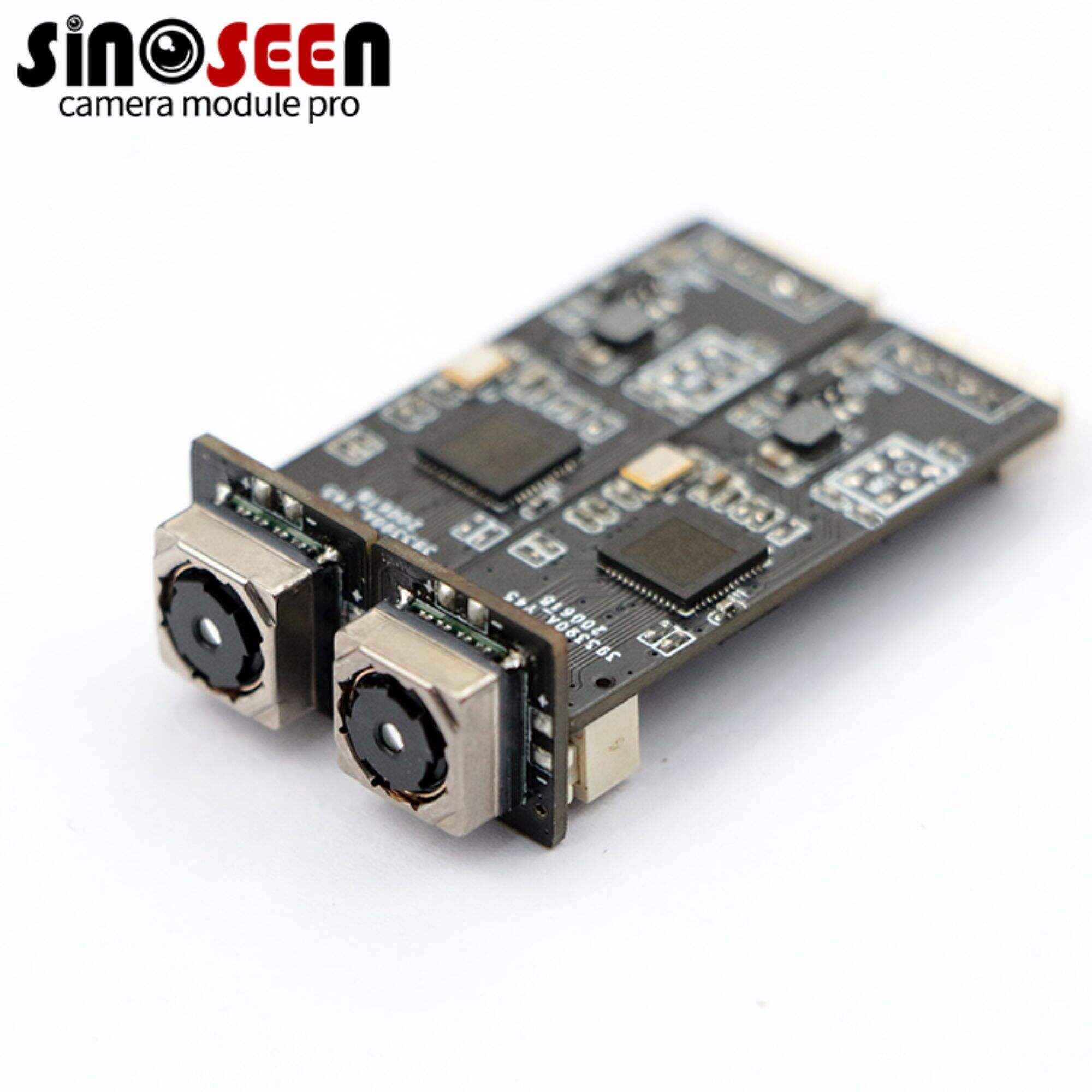Spatial Noise Explained: Understanding, Types, and Effective Reduction in Embedded Vision Systems
In the intricate world of embedded vision, image quality directly impacts a system's accuracy and reliability. However, digital images are rarely perfect. They often suffer from "noise," which is unwanted variations in pixel values. Among these, spatial noise is a common problem. It appears as random speckles or grainy textures across an image, hiding details and making analysis harder. For embedded vision engineers, understanding spatial noise and how to reduce it is vital. It helps ensure clean, high-fidelity images, which are essential for precise machine vision tasks.
What Is Spatial Noise?
Spatial noise refers to random, pixel-to-pixel variations in an image that are fixed in location or pattern. Unlike noise that changes with every frame, spatial noise often shows up consistently in the same spots or with a repeatable pattern. It can look like static, speckles, or even distinct patterns like banding or hot pixels. This type of noise degrades image quality. It makes it harder for algorithms to accurately find features, recognize objects, or take precise measurements. This directly impacts the integrity of your vision system's data.

Understanding Spatial Noise Meaning vs. Temporal Noise
Knowing the difference between temporal and spatial noise is key for effective image processing. Both hurt image quality, but they act differently.
Temporal Noise: Random Changes Over Time
Temporal noise means random, unpredictable pixel value changes that vary from one image frame to the next. If you take many pictures of the same thing, temporal noise would make different pixels randomly flicker in brightness in each shot. This noise often comes from sensor readout issues, heat changes (dark current noise), or photon shot noise. Its "meaning" is that it depends on time and is random. Filters like frame averaging work well against temporal noise because it averages out over several frames. This is often addressed through camera sensor optimization.
Spatial Noise: Fixed Patterns or Locations
In contrast, spatial noise shows a fixed or slowly changing pattern across the image sensor. If you take many pictures of the same thing, the spatial noise pattern usually stays the same in its location or look. This can be due to flaws in the sensor's making, differences in pixel sensitivity (Fixed Pattern Noise - FPN), or even dust on the sensor surface. Its "meaning" is linked to its position or unchanging nature within one image. Different techniques are needed to fix this, as it won't average out over time.
What Is Spatial Noise Reduction?
Spatial noise reduction is the process of using algorithms or filters on an image to lessen or remove unwanted spatial noise patterns. The goal is to clean up the image, making it look smoother and clearer without losing important details. This is vital for improving the signal-to-noise ratio (SNR) of an image. A higher SNR means the actual image information is stronger compared to the noise. Good spatial noise reduction makes later image analysis, like finding edges or recognizing objects, much more reliable and accurate.
Types of Spatial De-Noising with Convolution
Convolution-based filters are widely used in image processing for spatial noise cancellation. These filters use a math operation on each pixel based on its surrounding pixels. They are basic tools for cleaning up noisy images.
1. Mean Filter: Simple Averaging
The mean filter is one of the simplest ways to reduce spatial noise. It replaces each pixel's value with the average of its neighbors within a chosen area (like a 3x3 square). This averaging smooths out sudden changes, effectively reducing random speckle noise. But it can also blur fine details and edges, as it doesn't tell noise apart from real image features. It's often used when speed is most important and a little blurring is okay.

2. Median Filter: Preserving Edges
The median filter is a non-linear filter. It's great at removing "salt-and-pepper" noise (random bright or dark pixels). Instead of averaging, it replaces each pixel's value with the middle value of its neighbors in the filter area. This method keeps edges much better than the mean filter. Noisy pixels are usually not the middle value, so they are removed without blurring important parts of the image. It's a powerful tool for spatial noise cancellation when keeping details is key.
3. Gaussian Filter: Smooth Blurring
The Gaussian filter is a linear filter that uses a bell-shaped curve to give weights to neighboring pixels. Pixels closer to the center get higher weights. This makes them contribute more to the new pixel value. This creates a smooth, natural-looking blur that effectively reduces Gaussian noise (a common random noise type). While it smooths the image, it also blurs edges a bit, though usually less harshly than the mean filter. It's widely used when you want a gentle smoothing effect.
4. Bilateral Filter: Advanced Edge Preservation
The bilateral filter is a complex non-linear filter for advanced spatial noise cancellation. It considers both how close pixels are and how similar their brightness is when averaging. This means it only averages pixels that are close in location and have similar brightness. This unique feature lets it smooth noise while wonderfully keeping sharp edges and details. It uses more computing power than simpler filters but gives much better results. This is ideal for jobs where high quality and noise reduction are both critical, like medical imaging or high-end industrial checks. For more on advanced filtering.

Impact of Spatial Noise on Embedded Vision Applications
Spatial noise might seem small, but it can severely affect how well embedded vision systems work. Ignoring it can cause big problems later. It creates optical issues that can throw off precise operations.
Affecting Feature Detection and Object Recognition
Machine vision programs need clear features (edges, corners, textures) to find and categorize objects. Spatial noise adds fake features or hides real ones. This can lead to missing things, wrong categories, or more computing work as programs struggle to tell real data from noise. In jobs like robot pick-and-place or automated checks, this can directly cause production errors. This impacts overall machine vision accuracy.
Degrading Measurement Accuracy
In measurement jobs where exact sizes or positions are needed, noise can shift where pixels seem to be. This leads to wrong measurements, hurting how reliable quality control systems are. Even small pixel changes from noise can result in parts being approved when they're bad, or good parts being rejected. This is a big issue for precise manufacturing.
Complicating Low-Light Performance
Spatial noise often gets worse in low light. Here, the real signal is weaker compared to the noise. This can make images taken in tough lighting unusable for automated analysis. This limits how far embedded vision systems can operate. So, good spatial noise cancellation is vital for working well in different light levels, especially in low-light camera applications.
Summary: Conquering Spatial Noise for Superior Images
Spatial noise is a common image flaw in embedded vision. It shows up as fixed or patterned pixel changes that hide important details. It's different from temporal noise and needs special ways to fix it. Spatial noise reduction aims to clean images, making them clearer and more reliable for analysis. Filters based on convolution, like mean, median, Gaussian, and advanced bilateral filters, are powerful tools for spatial noise cancellation. By understanding and using these methods, embedded vision engineers can solve noise problems. This ensures their systems capture and process consistently clear, high-quality images. It's essential for accurate measurements, reliable object recognition, and strong performance in demanding applications.
Achieve Pristine Image Quality with Muchvision`s Vision Solutions
Don't let spatial noise compromise your embedded vision system's accuracy and performance. Explore our range of high-performance camera modules and advanced image processing solutions. They are designed with superior spatial noise reduction capabilities. Contact our experts today. Let's discuss how we can help you get crystal-clear images and unlock your vision applications' full potential.

 EN
EN
 AR
AR
 DA
DA
 NL
NL
 FI
FI
 FR
FR
 DE
DE
 EL
EL
 HI
HI
 IT
IT
 JA
JA
 KO
KO
 NO
NO
 PL
PL
 PT
PT
 RO
RO
 RU
RU
 ES
ES
 SV
SV
 TL
TL
 IW
IW
 ID
ID
 SR
SR
 VI
VI
 HU
HU
 TH
TH
 TR
TR
 FA
FA
 MS
MS
 IS
IS
 AZ
AZ
 UR
UR
 BN
BN
 HA
HA
 LO
LO
 MR
MR
 MN
MN
 PA
PA
 MY
MY
 SD
SD

